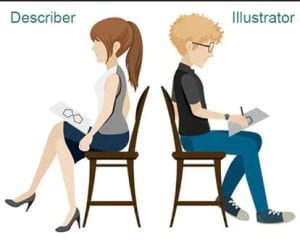Izzy comes from a broken home. What factors influence Izzy to steal from a shop. Izzy is 12.
Personal
- Izzy might have experienced strong emotions at a young age that built up to careless behavior.
- Izzy would grow up having a disturbed mindset or a negative reaction/opinion
- The absence might not show Izzy guidance on what’s right and wrong.
Interpersonal
- Izzy may feel the need to steal to fit in with the people around her.
- Izzy might go and steal things due to the lack of attention.
- Izzy stealing may be caused by jealousy or the need to prove independence.
The absence might not show Izzy guidance on what’s right and wrong.
Societal
- Izzy may not know the consequences of her actions
- Izzy might find excitement in breaking rules as a way for people to notice her.
- Izzy stealing may be from the influence of social media and how society acts when they go through the same thing.
Last week in health, we played the chocolate game. To play this game you need a few pieces of clothing (hat, jacket, gloves, scarf), chocolate, utensils, and a dice. To play this game we sat in a circle with the clothing and chocolate in the middle, rolling the dice one by one. Whoever would roll a six had a chance to go into the middle, put on the pieces of clothing, cut the chocolate into a block, and eat it. However, once someone else rolls a six you immediately have to stop where you are and swap. One of the rules is that you can only eat one block at once, when you finish the chocolate in your mouth, that’s when you can move on to another block or you can give it to your friend.
When I participated in the chocolate game my Hauora was positively affected. My taha whanau and taha hinegaro were impacted positively because during the game everyone was engaging in the game creating a positive environment.
The social justice value of fairness was shown because everyone followed the rules and was given a fair chance. The social justice value of inclusiveness was shown because everyone participated. The social justice value of non-discrimination was shown because there were no negative actions or comments regarding a person’s identity.
I believe the participation of individuals and groups can impact a class’s Hauora by the influence this is because when someone doesn’t participate it makes others want to not join in.
The Key Concepts interrelate by showing social justice, enhancing all aspects of Hauora, interpersonal communication with people you don’t normally talk to, influencing others, and encouraging a strategy.

